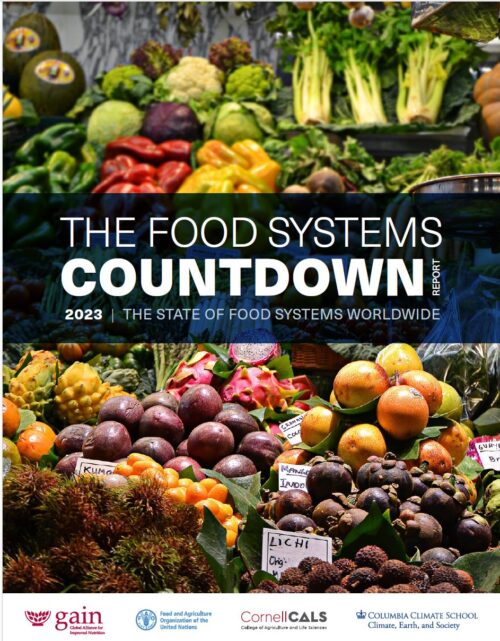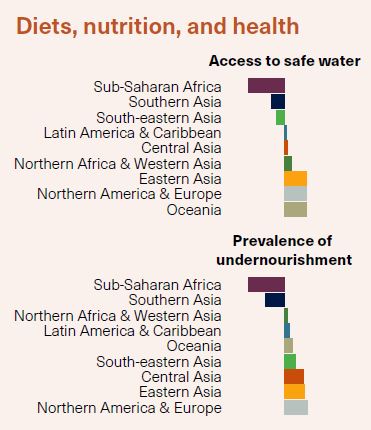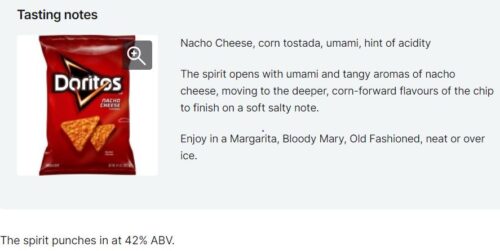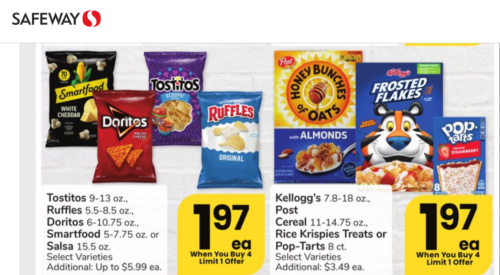Cultured meat: of great interest, still not on market
Cell-Based or Cultured Meat continues to generate predictions, positive (new products, new approvals, growth) and negative (doom, bans).
Current status: The FDA and USDA have approved sales of cell-cultured chicken but the only place selling it is Bar Crenn in San Francisco (where I have not been).
While waiting for it to get scaled up (if this ever will be possible), here are a few items I’ve collected recently.
THE POSITIVES
- A new window opens for the emerging lab-meat industry: Joint regulation of cell-cultured meat by the U.S. Food and Drug Administration and USDA’s Food Safety and Inspection Service (FSIS) has not brought transparency to the novel food. To help fill that transparency gap, the Center for the Environment and Welfare (CEW) has announced the launch of LabMeat.com, a new website to educate the public… Continue Reading.
- ‘People want to eat meat,’ SCiFi Foods CEO on first production run, potential of cell-cultivated meat: Food-tech company SCiFi Foods inches closer to releasing its hybrid meat product that consists of a blend of cell-cultivated beef and plant proteins, upon completing its first commercial-scale production run, company co-founder and CEO Joshua March told FoodNavigator-USA…. Read more
- Israeli Company Gets Green Light to Make World’s First Cultivated Beef Steaks. An Israeli company has received a preliminary green light from health officials to sell the world’s first steaks made from cultivated beef cells, not the entire animal, officials said. The move follows approval of lab-grown chicken in the U.S. last year.
- ‘Essentially real meat, just grown differently’: Ivy Farm’s CSO on cultivated meat production and commercialisation. UK-based Ivy Farm, which produces cultivated meat, began as a spin-off from Oxford University. Now, says its new CSO, Dr. Harsh Amin, commercialisation is in sight…. Read more
- USDA: ‘We will need cellular agriculture’ to reach climate, food innovation goals: Sustained government support and transparent scientific research, such as USDA’s landmark grant to Tufts University’s National Institute for Cellular Agriculture program, can energize cellular agriculture R&D and renew attention from the private sector, experts argue…. Read more
THE NEGATIVES
- Lab-grown foods ‘creep people out’, says Natural Grocers: Cell-cultured or precision fermentation-derived products including meat and dairy alternatives will be rejected by consumers in 2024, US grocery chain Natural Grocers predicts…. Read more
- Cultivated meat labeling puzzle could bring legal headaches: Though regulators came to a consensus on what to call the namesake product in 2022, continuing debates over package labeling rules could still create headwinds for players in the space.
- Crunch time for cultivated meat: ‘Probably 70-90% of players will fail in the next year’: on paper, cultivated meat might seem like a no-brainer. Unlike plant-based options, which still don’t quite hit the spot for many consumers, it promises the allure of ‘real’ meat without the ethical and environmental baggage that comes with plundering our oceans and raising billions of sentient land animals for food.
- Italy bans cultured meat: The Italian parliament voted to ban the production, importation, or sale of cell-cultured meat in a step the far-right government called a defense of Italian culture.
THE QUESTIONS
- What’s the Italian Government’s beef with cultivated meat? The Italian Government recently announced that it would ban cultivated meat production, at the same time restricting meat-related labels on plant-based meat alternatives. The decision has drawn significant criticism from some quarters, but from Italy’s perspective, the ruling is motivated by a desire to protect culinary traditions as well as key stakeholders such as farmers…. Read more.
- What is the environmental impact of cultivated meat? While the verdict is still out on the sustainability of cultivated meat production, a panel of experts during the Tufts University Cellular Agriculture Day on Jan. 11 in Boston, Mass., are optimistic, citing the need for expansive data sets on more diverse cell culture mediums, bioreactors and energy sources…. Read more
- Is cultivated meat a threat to farming? EU countries clash over cellular agriculture’s future: According to delegates from Italy, France and Austria, cellular agriculture practices represent a threat to primary farm-based approaches and ‘genuine’ food production methods. … Read more






